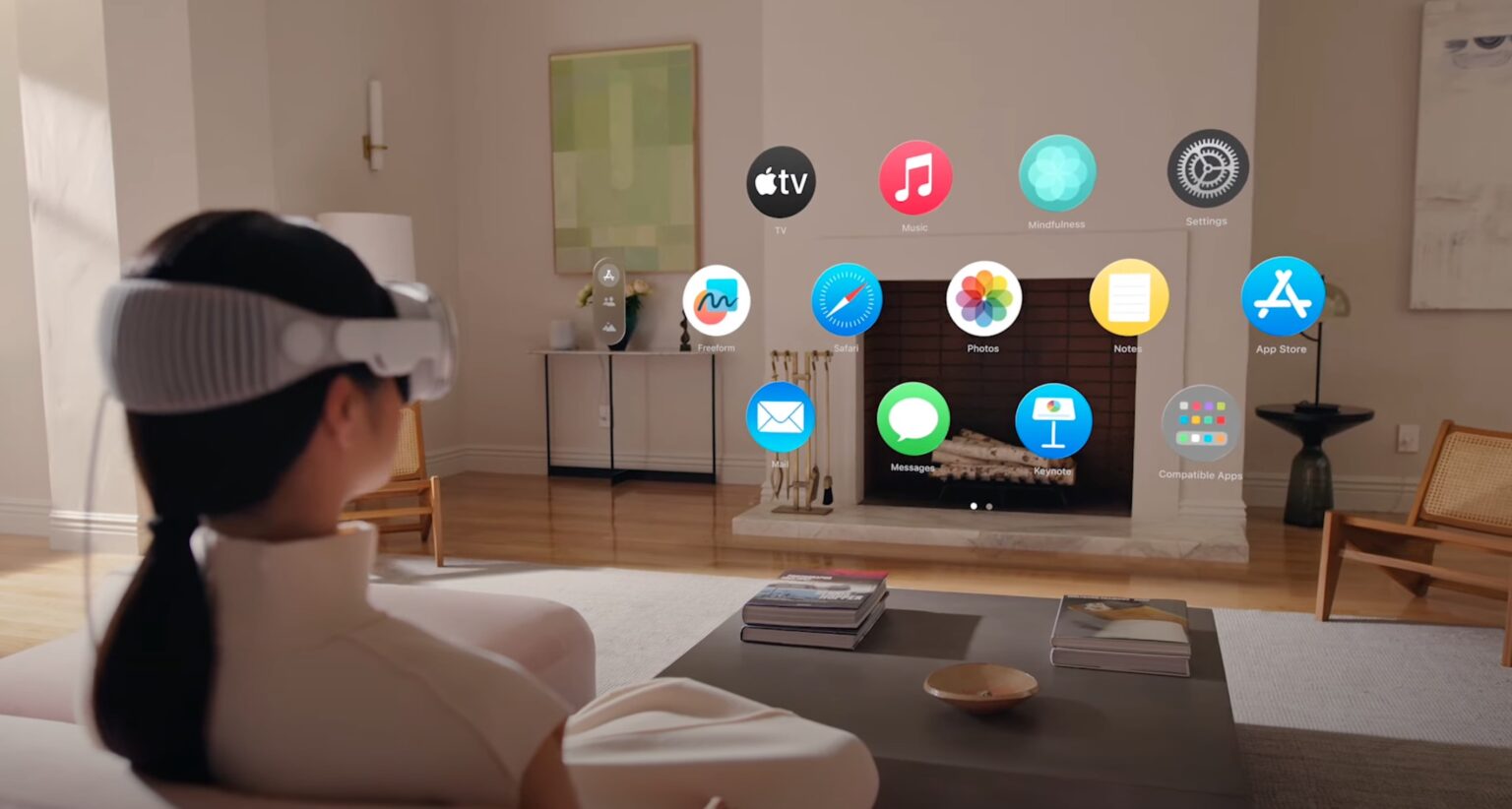Apple Vision Pro Review: A Glimpse Into the Future of Computing
Apple Vision Pro is Apple’s ambitious step into the realm of spatial computing, offering a mixed-reality experience that merges the virtual and physical worlds. After spending some time with the device, it’s clear that Apple has pushed the boundaries of what’s possible with consumer technology, though it may not yet be for everyone.
Design and Build Quality
From the moment you unbox the Apple Vision Pro, the attention to detail is evident. The device feels sleek and premium, with a comfortable, adjustable headband and a futuristic design that’s a mix of glass and aluminum. Despite the tech-packed inside, the Vision Pro manages to stay surprisingly lightweight, though you do feel its presence after extended use.
The front-facing display, which allows you to blend into your environment, feels like a step beyond traditional VR headsets. Apple’s decision to incorporate their “Eyesight” feature, where the user’s eyes can be seen through the device, makes interactions with others less alienating compared to fully enclosed VR headsets.
Display and Immersion
The dual 4K micro-OLED displays are simply stunning. Whether you’re watching a movie, browsing photos, or manipulating virtual objects, the visuals are sharp, vibrant, and highly immersive. The wide field of view allows for seamless transitions between augmented reality (AR) and virtual reality (VR) experiences. The device also supports full 3D spatial immersion, meaning you can interact with digital elements in your real environment in a way that feels intuitive.
Apple Vision Pro’s ability to render objects and scenes with high fidelity in real-time shows off its incredible computing power. The layered depth perception allows users to feel like digital objects are part of their world, whether that’s a floating window for a video call or interactive 3D elements for work.
Performance and Functionality
Powered by Apple’s new M2 chip and a separate R1 chip dedicated to spatial processing, the Vision Pro performs smoothly, even when multitasking between immersive apps, streaming media, and interactive tools. The device is responsive, handling complex virtual environments without lag or overheating.
Apple’s integration of hand, eye, and voice control systems is nothing short of remarkable. Vision Pro doesn’t rely on traditional controllers; instead, users navigate and interact by simply looking at an object and making subtle hand gestures. The eye-tracking system is precise, and hand gestures are intuitive, though there’s a learning curve to mastering them.
App Ecosystem and Software
The success of Apple Vision Pro will largely depend on its app ecosystem, which is still in its infancy. Apple’s existing apps like FaceTime, Safari, and Photos have been optimized for the Vision Pro, creating a fluid experience when it comes to web browsing, watching movies, and conducting virtual meetings. Apple’s focus on collaboration and productivity, with multi-screen support and AR tools for creativity, shows a clear emphasis on professionals and creatives.
However, the third-party app support is where this device has the potential to shine—or falter. Developers will need time to create apps that fully take advantage of the Vision Pro’s spatial computing potential.
Battery Life
One of the few downsides to the Apple Vision Pro is its battery life. The device is tethered to a power source or requires an external battery pack, which provides about two hours of usage. For a product aimed at longer immersive experiences, this feels like a limitation. Hopefully, future iterations will improve this aspect, as it could hinder long-term usability.
Price and Accessibility
At a starting price of $3,499, the Vision Pro is undoubtedly a high-end device. This price tag puts it well out of reach for casual users and early adopters alike. It seems more geared towards professionals, developers, and tech enthusiasts who can justify the investment for its productivity and creative capabilities.
Conclusion
The Apple Vision Pro is a bold leap into the future of spatial computing, offering an immersive mixed-reality experience that is unparalleled in the current market. While the device is expensive and somewhat limited by battery life, its combination of cutting-edge display technology, powerful performance, and intuitive controls makes it a groundbreaking product.
If you’re a professional in fields like design, architecture, or media, or simply a tech enthusiast with the means to invest, the Apple Vision Pro could change the way you interact with both the digital and physical worlds. For most consumers, however, it might be wise to wait until the ecosystem grows and prices inevitably drop in future iterations.
Pros:
- Stunning 4K micro-OLED displays
- Innovative hand, eye, and voice controls
- Seamless AR/VR integration
- Sleek, premium design
Cons:
- High price point
- Limited battery life
- App ecosystem still developing



